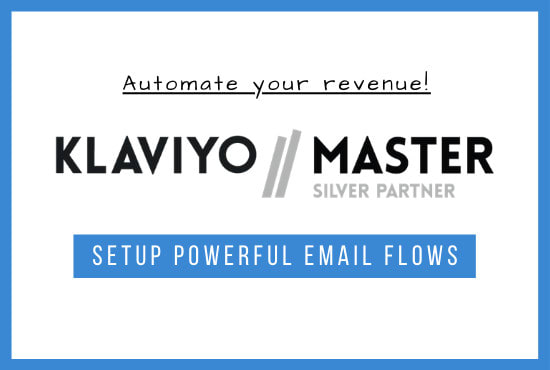The Power of Personalization in Email Marketing: Strategies for 2024
In an era of information overload, generic emails are more likely to be ignored than opened. To stand out and drive engagement, businesses must embrace personalization. This blog post explores the power of personalization in email marketing and outlines effective strategies for 2024.

Understanding the Power of Personalization:
Personalization is about tailoring your message to resonate with individual recipients. It’s about making customers feel seen, understood, and valued. When executed correctly, personalization can:
- Increase open rates: Personalized subject lines and greetings grab attention.
- Boost click-through rates: Relevant content drives more clicks.
- Improve conversion rates: Tailored offers and recommendations lead to more sales.
- Enhance customer loyalty: Personalized experiences build stronger relationships.
Key Personalization Strategies for 2024:
Data-Driven Segmentation:
- Divide your audience into segments based on demographics, behavior, preferences, and purchase history.
- Create tailored content for each segment. For example, send product recommendations based on past purchases or offer discounts to inactive customers.
Dynamic Content:
- Use dynamic content blocks to display personalized information within emails.
- Showcase products based on browsing history, recommend complementary items, or highlight relevant content.
Personalized Subject Lines:
- Include the recipient's name or reference to their interests in the subject line.
- Create a sense of urgency or curiosity to entice opens.
Leverage AI and Machine Learning:
- Utilize AI to analyze customer data and predict preferences.
- Employ machine learning to personalize product recommendations and email timing.
Interactive Email Elements:
- Incorporate interactive elements like quizzes, polls, or personalized recommendations.
- Encourage engagement and gather valuable data.
Real-Time Personalization:
- Use real-time data to personalize email content.
- For example, if a customer abandons a cart, send a personalized email with a discount code.
Mobile Optimization:
- Ensure emails are optimized for mobile devices.
- Use clear calls to action and easy-to-read fonts.
Privacy and Consent:
- Be transparent about data collection and usage.
- Obtain explicit consent for personalized emails.
Case Studies of Successful Personalization:
- Amazon: Uses purchase history and browsing behavior to recommend products.
- Netflix: Suggests shows and movies based on viewing habits.
- Spotify: Creates personalized playlists and recommendations.
Measuring Success:
To evaluate the effectiveness of your personalization efforts, track key metrics such as:
- Open rates
- Click-through rates
- Conversion rates
- Revenue generated
- Customer lifetime value
A/B testing different personalization strategies can help you identify what works best for your audience.
Conclusion:
Personalization is no longer a luxury; it's a necessity in email marketing. By implementing these strategies and continuously refining your approach, you can build stronger customer relationships, increase engagement, and drive business growth. Remember, the key to success is understanding your audience and delivering relevant, personalized experiences.


Comments
Post a Comment